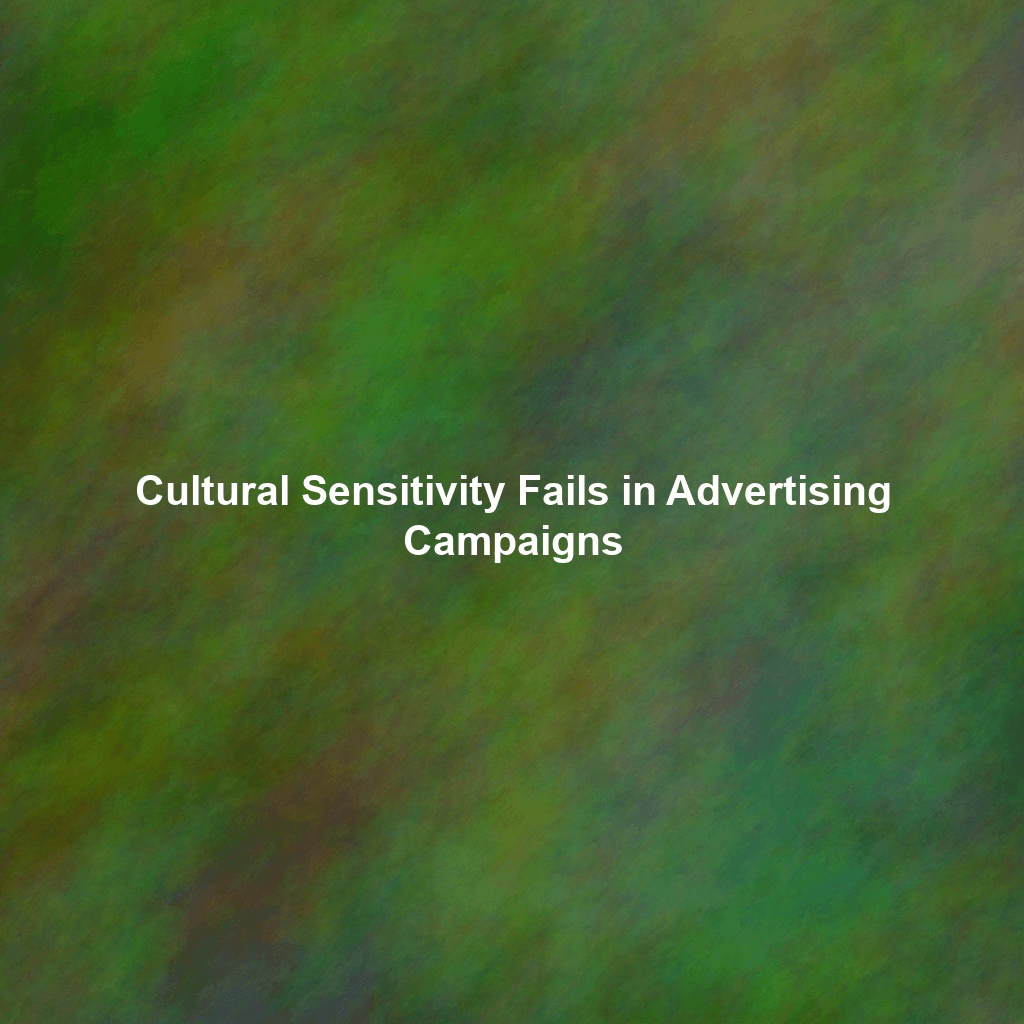Growth hacking. The very name conjures images of late nights, clever code, and viral loops that propel your brand to the stratosphere. But lurking in the shadows of rapid growth is a temptation: the dark pattern. These deceptive tricks, designed to manipulate users into doing things they wouldn’t normally do, might offer a temporary boost, but at what cost? This article delves into the ethical considerations of growth hacking, explores how to spot (and avoid) dark patterns, and reveals how to build a sustainable growth strategy based on trust and genuine value.
The Allure (and Danger) of the Quick Win
We’ve all been there. Staring at the growth charts, wondering how to break through the plateau. The pressure to deliver results can be immense, and that’s where the siren song of the dark pattern begins to whisper. These sneaky UX/UI strategies are designed to exploit cognitive biases and user behavior to achieve specific goals – often at the expense of the user’s best interests.
Imagine a dating app that automatically signs you up for a premium subscription with no clear opt-out button. Or a website that uses pre-checked boxes to enroll you in email newsletters. These are just a few examples of dark patterns in action, and while they might temporarily inflate metrics, they can inflict lasting damage on your brand’s reputation.
Decoding Dark Patterns: Spotting the Red Flags
Understanding the different types of dark patterns is the first step in avoiding them. Here are a few common culprits to watch out for:
Bait and Switch
This classic trick involves promising one outcome but delivering another. Think of a button that says “Download Now” but actually installs unwanted software.
Confirmshaming
Using emotionally manipulative language to discourage users from opting out. For example, instead of a simple “No Thanks” button, you see “No, I don’t want to save money” or “No, I don’t want to improve my life”.
Hidden Costs
Revealing unexpected fees or charges late in the purchase process. This can lead to frustration and cart abandonment, ultimately harming your brand.
Forced Continuity
Tricking users into recurring subscriptions by making it difficult to cancel. Think endless phone calls, hidden cancellation links, or deliberately confusing instructions.
Privacy Zuckering
Named after a certain social media mogul, this pattern involves tricking users into sharing more personal information than they intend to.
Ethical Growth Hacking: A Path to Sustainable Success
So, how do you achieve rapid growth without resorting to these unethical tactics? The answer lies in focusing on providing genuine value, building trust, and respecting your users’ autonomy.
Transparency is King (and Queen)
Be upfront and honest about your intentions. Clearly communicate pricing, terms of service, and data privacy policies. Make it easy for users to understand what they’re signing up for and how their information will be used.
User-Centric Design
Put your users first. Conduct thorough user research to understand their needs, pain points, and motivations. Design your product or service with their best interests in mind. This means prioritizing usability, accessibility, and clarity.
Empower Users with Control
Give users control over their data, subscriptions, and privacy settings. Make it easy for them to opt out of communications, cancel subscriptions, and manage their accounts. A user in control is a happy user.
Focus on Value Creation
Instead of trying to trick users into buying something they don’t need, focus on creating a product or service that genuinely solves a problem or improves their lives. Value creation is the cornerstone of sustainable growth.
A/B Test with Ethics in Mind
A/B testing is a powerful tool for optimizing your marketing efforts, but it’s important to conduct these tests ethically. Avoid testing manipulative tactics or deceptive messaging. Instead, focus on testing different ways to present your value proposition in a clear and honest manner.
Weird (But Ethical) Growth Hacking Tricks
Now for the fun part! Here are some “weird” growth hacking tricks that can boost your growth without crossing the line into dark pattern territory:
The “Unconventional Landing Page”
Instead of a typical sales-focused landing page, try a page that provides real value upfront. Offer a free tool, resource, or piece of content that helps users solve a problem. This builds trust and positions you as a helpful authority.
The “Referral Program on Steroids”
Go beyond the typical “give X, get Y” referral program. Gamify the experience by offering tiered rewards, exclusive perks, and a leaderboard to encourage participation.
The “Community-Driven Content Strategy”
Instead of just creating content for your audience, involve them in the process. Ask them to contribute ideas, share their stories, or co-create content with you. This fosters a sense of ownership and loyalty.
The “Unexpected Delight”
Surprise and delight your users with unexpected gifts, bonuses, or personalized experiences. A little bit of generosity can go a long way in building brand loyalty.
The “Reverse Psychology” Approach
Use reverse psychology to your advantage. For example, instead of aggressively promoting your product, highlight its limitations or potential drawbacks. This can actually make you appear more trustworthy and credible.
The Long-Term Payoff of Ethical Growth
While dark patterns might offer a short-term boost, they ultimately erode trust, damage your brand, and can even lead to legal repercussions. By prioritizing ethical growth hacking, you can build a sustainable business that is both profitable and respected.
Remember, growth hacking is not about tricking people. It’s about finding creative and innovative ways to deliver value, connect with your audience, and build a loyal customer base. By embracing transparency, user-centric design, and ethical marketing practices, you can achieve sustainable growth that you can be proud of.


